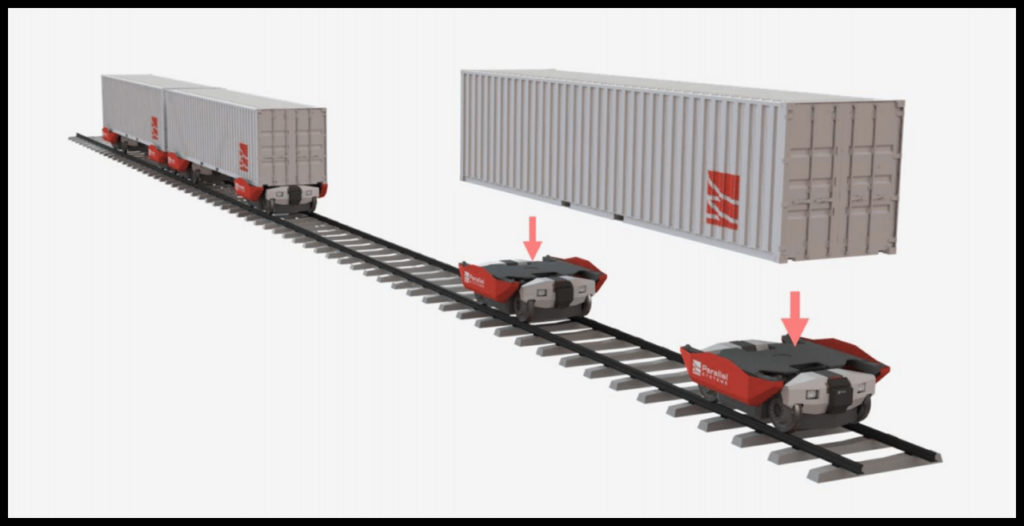
GC, HOG File Petition with FRA to Pilot Parallel Systems Technology
Written by Carolina Worrell, Senior Editor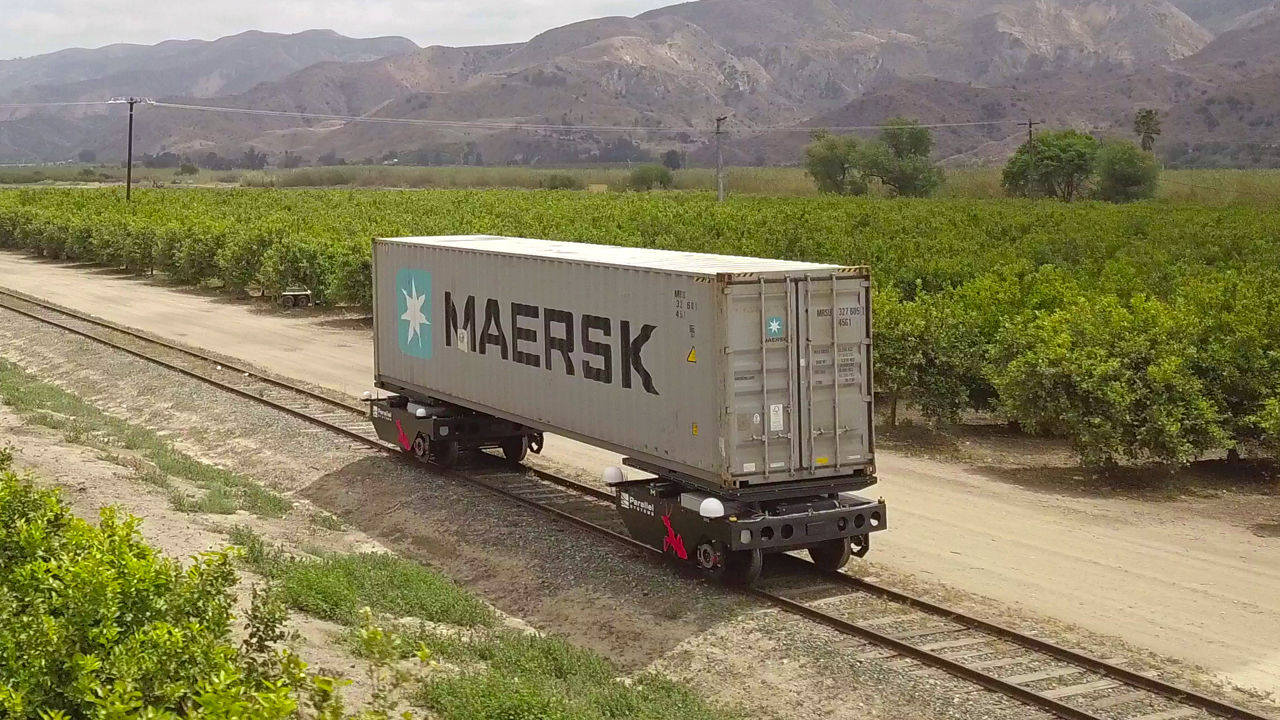
Pictured: Parallel’s prototype railcar loaded with a shipping container. (Photo courtesy of Parallel Systems)
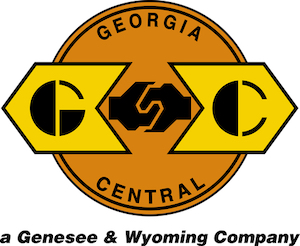
Genesee & Wyoming Inc. (G&W) subsidiaries Georgia Central Railway, L.P. (GC) and Heart of Georgia Railroad, Inc. (HOG) on Aug. 10 filed a petition with the Federal Railroad Administration (FRA) to pilot new zero-emission rail-freight technology from Culver City-based Parallel Systems on portions of their rail lines.
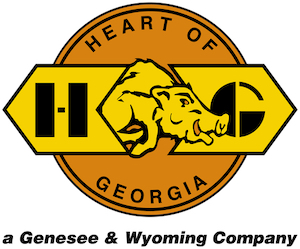
According to a release, GC and HOG “believe the development and anticipated adoption of this technology has the potential to capture new container business moving to and from the Port of Savannah, as well as reinvigorate traffic on rural lines and revive inland ports in Georgia—all while removing trucks from the region’s roads and reducing carbon emissions.”
If approved, GC and HOG say the multi-phased pilot would begin next year and be overseen by the FRA, G&W and Parallel Systems, allowing G&W and Parallel Systems to “demonstrate the technology in a field setting while using carefully developed protocols to ensure the pilot is operated in a safe, controlled manner.”
The award followed the company’s Jan. 19, 2022, report stating that it had raised $49.55 million in Series A funds to help build a fleet of new railcars for short-haul freight operations, continue testing and grow the company.
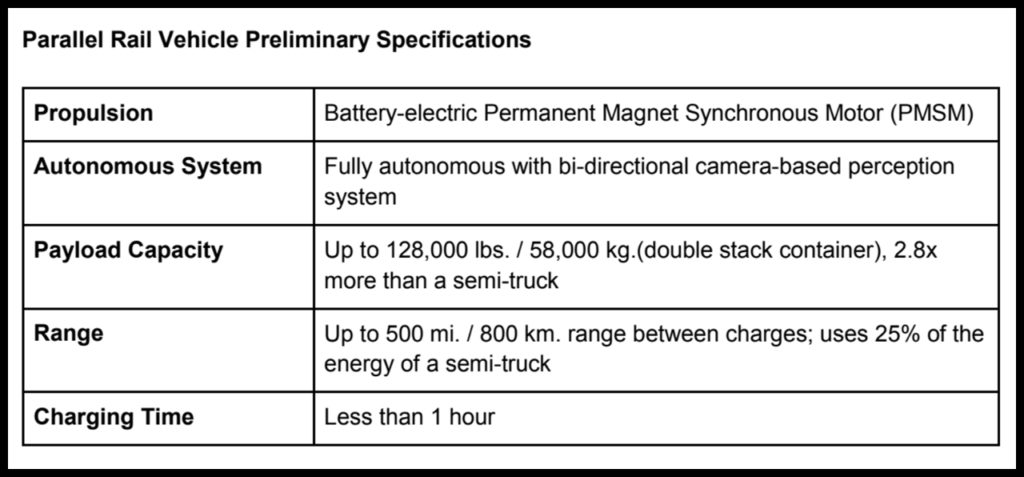
Parallel Systems’ patent-pending vehicle (see specs above) would “transport standard shipping containers as a single or double-stacked load,” the company said. Joined together, the individually powered railcars could form “platoons” (see rendering below) or split off to multiple destinations while en route. The platoons “do not need to accumulate large quantities of freight to make service economical, which enables more responsive service and a wider range of routes,” Parallel Systems said. “This dramatically reduces the waiting times associated with loading trains that are miles long.”
